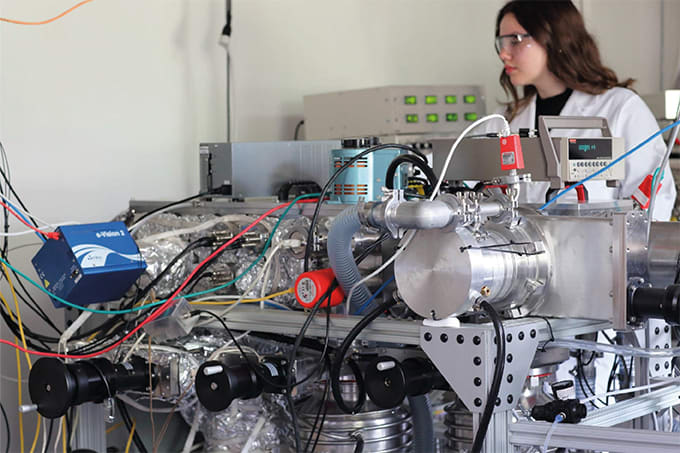The hazards facing operators in facilities that manufacture highly potent and other potentially dangerous drugs are widely recognized, and the need for containment and protection is well understood. Yet, these powerful drugs don’t just pose risks during manufacturing, but at any point where people might come into contact with the hazardous materials they contain – as such, analytical scientists are particularly at risk. The greatest safety concerns center on highly potent active pharmaceutical ingredients (HPAPIs). An increasing number of HPAPIs are entering development and reaching the market, most commonly to treat cancer. The very qualities that help make these anticancer drugs so effective – cytotoxicity, high potency and a low daily dose – make them potentially dangerous for anyone handling them. In comparison to over-the-counter drugs, which may contain milligram to gram quantities of APIs, these more powerful drugs are active at micrograms per gram levels. Analyzing such highly potent drugs naturally comes with challenges.
As well as cytotoxic chemotherapeutics, analysts may have to deal with drugs that are mutagenic, teratogenic, or cause other significant biological effects at a low dose, including hormones and immunosuppressants. Regardless of the nature of the API, a similar suite of analytical tests is generally required, and the handling issues for different types of high-potency drugs are broadly similar. First and foremost, it’s crucial to ensure complete protection from the API throughout the analytical process. The importance of using effective personal protective equipment, including correct masks, gloves and protective gowns, cannot be overstated. The hazards are greatest while the drug is still in a solid form, so until it is in solution or suspension, particular care must be taken to protect both the analyst and the environment. Sample preparation should be carried out in a dedicated laboratory, or a segregated part of a more general laboratory, with additional air handling capabilities that are completely separate from the rest of the facility. Everything that comes into contact with the drug must be securely disposed of using specific cytotoxic waste protocols, and typically double-bagged. Furthermore, a gowning process for the analysts before they walk into the laboratory or segregated area, and de-gowning before leaving, leaves no opportunity for any of the highly toxic material to leave the secure area. Segregation is also important for the equipment, to ensure the drug remains in a contained environment. For example, when running a HPLC analysis, pre- and post-analysis cleaning will be carried out to eliminate the risk of cross-contamination to both the instrument and surroundings.
Pop-up cleanrooms can be used to prepare samples in isolation, and allow a safe environment to be created in situ without the huge capital costs involved in building and validating a dedicated facility. In manufacturing, the risks are known and, if correct safety procedures are followed, can be largely mitigated. However, in early-stage development projects, many unknowns remain. The candidate molecule’s full efficacy has yet to be established, so the true nature of its potency, and therefore the risks, carry a question mark. Until all toxicology studies have been completed, compounds must be treated as potentially highly dangerous. With the number of high potency drugs increasing every year, the key for drug companies is putting measures in place at the outset that allow them to be isolated, and quickly deal with any untoward events, such as a spill. Anyone who handles the product must be fully educated on safety procedures – there can be no exceptions. There is no reason for an analytical scientist to be scared of working with a highly potent drug. As long as all necessary precautions to isolate the material are taken, the risks are minimal. As with most dangers in the lab, it’s when safety rules are broken (or even bent) that accidents happen, so maintaining a strong safety culture is paramount.




